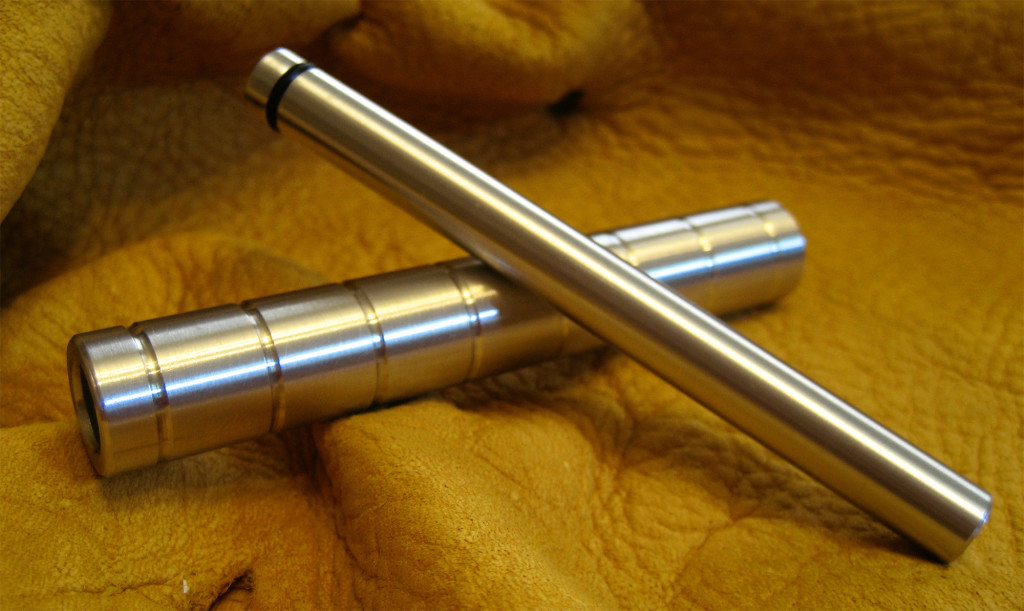Offgrid Preparation DIY Fire Piston
Fire-starting is just like any other survival skill—if you don't have multiple methods to fall back on, you probably won't be able to make it happen reliably. Your lighter could break or run out of fuel, your matches could get soaking wet, and you could lose your ferrocerium rod. Given the essential nature of fire in survival situations, it's wise to have at least two or three fire-starting methods prepared ahead of time.

A modern 6061-T6 aluminum fire piston manufactured by Sims Tactical Solutions. Photo: Dangerang / Wikipedia
One simple fire-starter that is often overlooked is the fire piston. This device uses a piston in a cylinder to compress air rapidly, creating heat as a byproduct. The tip of the piston is packed with a small amount of tinder material, such as char cloth, which ignites easily under pressure. The process works much like one of the cylinders in an engine, using the piston to quickly squeeze air into a tight space, creating the optimal conditions for combustion.
You can purchase pre-made fire pistons from various retailers, or you can make your own with simple tools for only a few bucks. Here's a list of what you'll need, as well as how each item is used:

Once you have the necessary materials, here's how it all goes together:
Should you carry a fire piston as your only source of ignition? Of course not. However, it does serve as an inexpensive tool to add to your survival tool kit or bug-out bag, and it can provide a much-needed fallback plan in case other fire-starting methods fail.
 STAY SAFE: Download a Free copy of the OFFGRID Outbreak Issue
STAY SAFE: Download a Free copy of the OFFGRID Outbreak Issue
No Comments